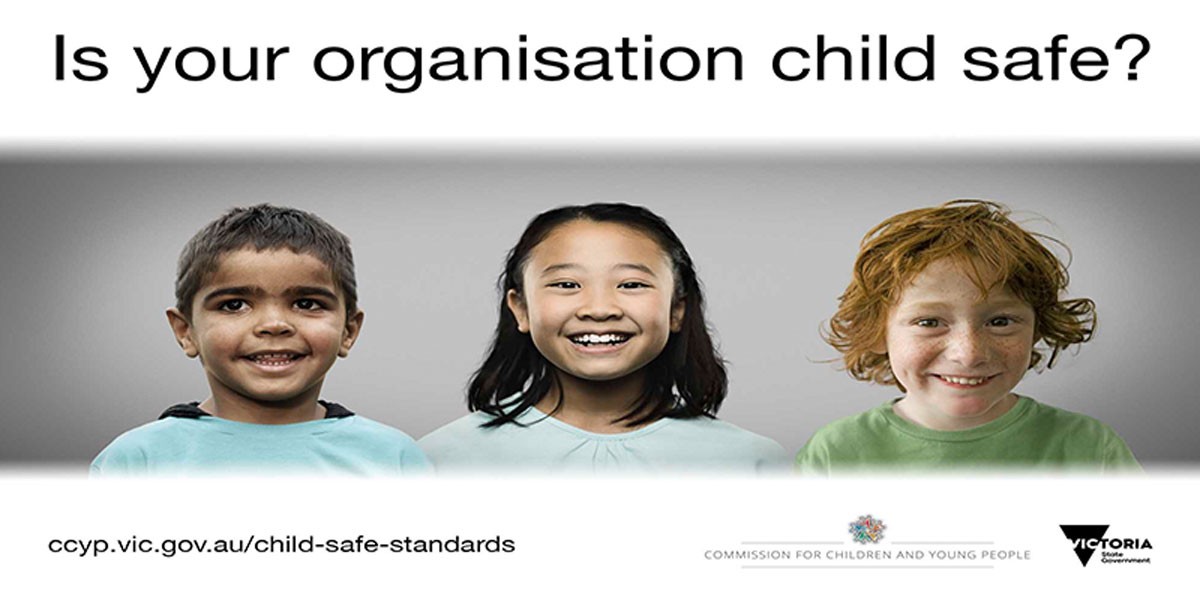From 01 July, new Child Safe Standards commenced to better protect children and to provide more clarity for organisations. The eleven new Standards have replaced Victoria’s seven standards and principles.
The new Standards set out minimum requirements and outline the actions organisations must take to keep children and young people safe. They provide more clarity for organisations and are more consistent with Standards in the rest of Australia.
Key changes include new requirements:
- to involve families and communities in organisations’ efforts to keep children and young people safe
- for a greater focus on safety for Aboriginal children and young people
- to manage the risk of child abuse in online environments
- for greater clarity on the governance, systems and processes to keep children and young people safe.
The National Principles for a Child Safe Organization, which were formed in response to the Royal Commission into Institutional Responses to Child Sexual Abuse, have been reflected in changes to provide greater national consistency.
The new Standards provide greater clarity for organisations on actions required to meet minimum standards. Victoria has over five years’ experience with mandatory Child Safe Standards, so many organisations will have well-developed child safety frameworks.
- Standard 1: Culturally safe environments – Establish a culturally safe environment in which the diverse and unique identities and experiences of Aboriginal children and young people are respected and valued.
- Standard 2: Leadership, governance and culture – Ensure that child safety and wellbeing are embedded in school leadership, governance and culture.
- Standard 3: Child and student empowerment – Children and young people are empowered about their rights, participate in decisions affecting them and are taken seriously.
- Standard 4: Family engagement – Families and communities are informed and involved in promoting child safety and wellbeing.
- Standard 5: Diversity and equity – Equity is upheld and diverse needs are respected in policy and practice.
- Standard 6: Suitable staff and volunteers – People working with children and young people are suitable and supported to reflect child safety and wellbeing values in practice.
- Standard 7: Child-focused complaints processes – Ensure that processes for complaints and concerns are child-focused.
- Standard 8: Child safety knowledge, skills and awareness – Staff and volunteers are equipped with the knowledge, skills and awareness to keep children and young people safe through ongoing education and training.
- Standard 9: Physical and online environments – Physical and online environments promote safety and wellbeing while minimising the opportunity for children and young people to be harmed.
- Standard 10: Review of child safety practices - Implementation of the Child Safe Standards is regularly reviewed and improved.
- Standard 11: Implementation of child safety practices – Policies and procedures that document how schools are safe for children, young people and students.
For more information and how to implement it: Child Safe Standards







 The following lists cultural and special events that are taking place from January to December 2026. This should help you plan and organise upcoming events
The following lists cultural and special events that are taking place from January to December 2026. This should help you plan and organise upcoming events